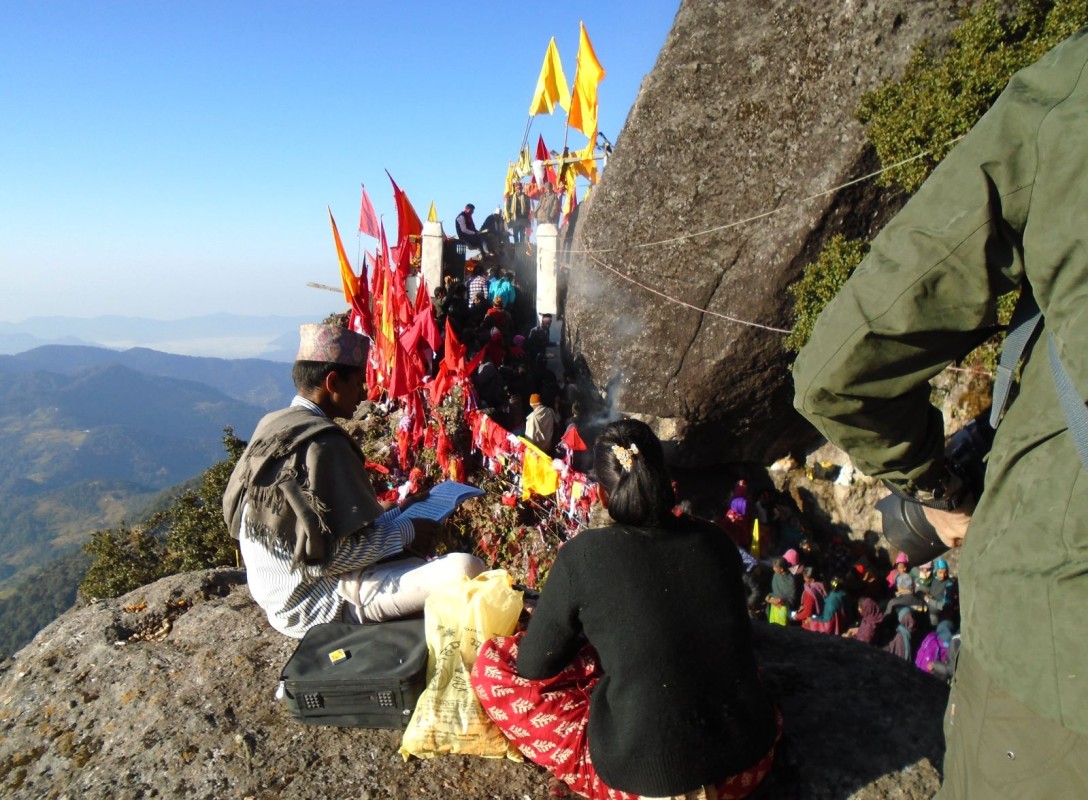
Tour feature: Exciting mountain flight, unique landscape, typical lifestyle of tribal and mountain people, Shamans’ performance (procession of Hindu Gods and Goddesses), interesting several religious festivals, ritual performance in and around temples, traditional villages with colorful clay dung plastered houses, harvesting rice and sowing wheat/barley and mustards, very interesting tribal culture and their culture programs, Himalaya panorama, pleasant trekking and exciting driving tour. Festivals fall in October and November as per the lunar calendar.
Shree Kedar: Shree Kedar; the abode of Lord Shiva lying in the mid-mountain of Far West Nepal, is also known as replica of Mount Kailash, Thula Kedar, Shivaji Kedar and Kedarnath of Nepal. Believing the source of compassion, force, fortune, fertility and purity, pyramid shaped ever green holy mountain Shree Kedar is the origin of several rivers, rivulets and cascades. It also provides a great view of Saipal, Shankhamala and Kanjiroba Himalaya ranges as well as overlooking view of river valleys, beautiful landscapes and settlements.
Lesser Himalayan metamorphic rocky mountain has exposed piles of huge boulders at the holy site and the Lord Shiva is resided in the hanging cliff cave facing to the east. The exact site is said GAATH where the Brahmin priests perform rituals and collect offerings from the devotees/pilgrims. There is narrow paved staircase along the edge of the boulders to get the GAATH.
The region has the unique specialty in nature and culture. Beautiful landscape, tropical and temperate dense evergreen forests, intermountain valleys like B.P. Nagar, Ghanteshwar, Lanakedareshwar and Dipayal, meandering river and rivulets, friendly people with great heart, slope roofed houses made of rock, wood, mud and hay, ploughing fields, harvesting the crops, sowing wheat/barley, grazing cattle in the pasturelands, singing people in the forest and celebrating festivals gathering in some particular places and performance of Shamans (so called Gods) etc are the attractions of the region for the tourists. Village tour is itself interesting.
Jaant Festivals: Jaant is the most popular festival of Gods and Goddesses celebrated in all different part of Far Western Nepal. As perthe Hindu epics, it is believed that about 330 millions gods and goddesses are all over the universe, gather in some particular places for the pleasure at the festival time. Jaant festival is the greatest religious ceremony to worship the Gods and Goddesses. Certain gods are identified in certain societies. Each God is worshipped in particular day of fortnight among the gods in particular religious site. As per the Hinduism, everything contains the God. There are particular gods for the particular jobs but all gods look after everything. They have their particular language, uniform and ornaments at the festival time that makes easier to identify the gods. The shaman so called gods dance together wearing the special colorful uniform. They forecast the weather, bless the people and threaten the evil spirits at the time of festival. It is celebrated for about a month but everyday dedicated to particular god. The festival lies between October and November as per the lunar calendar.
Shree Kedar Jaant Festival: Shree Kedar Jaant is very popular and one of the most important religious festivals in entire Far West Nepal. All living beings including gods and goddesses are protected and taken care of by Lord Shiva. So, people from different parts of Nepal, India and other countries as well as Shamans so called particular Gods identified the surrounding areas like Chhadi, Nawa, Dhirkandi, Jainadi, Melghadi and Mohanyal etc in their traditional uniform present this great festival to pay homage to and get blessing from Lord Shiva.
By visiting this holy land with a great respect, everyone’s dreams come true. With the special blessing of the Shree Kedar, barren woman get a child, singles get good life partner, couples get fertility, prosperity and lifelong love, unemployed people get job, helpless people get support and everybody feels secure and protected. So, during jaant festival, pilgrims are increasing year by year to get special blessing from Shree Kedar Baba (Lord Shiva).
Activities during Shree Kedar Jaant Festival: Continuous queue of pilgrims with offerings to visit and worship Shree Kedar Baba, ritual performance at Gaath and in several places, procession of Shamans so called Gods, Deuda- male & female traditional group dance and songs, lighting of sacred butter lamps, crowd and rituals of pilgrims etc.
Ugratara Jaant Festival: Ugratara is one of the most famous deity (a form of goddess Parvati) housed in Ugratara temple. There is a famous very exciting religious Fair at Ugratara Temple falls on full moon day just 2 days after Shree Kedar Jaant Festival. Interesting cultural activities like the Shamans that represent Lord Shiva and several other Gods led by the GAANZ (the image of Goddess Ugratara/Parvati with Divine Umbrella) and followed by priests and pilgrims in procession, local agro products for sale and gathering of colorful people are some of the attraction of the fair.
Sacred butter and sesame oil lamps are lit here for fortune and nirvana. In the evening time, all armors, ornaments and divine umbrella of Goddess Ugratara along with the image of Goddess Ugratara housed in divine palanquin are brought out of the Ugratara Tempe and walk in procession around the temple. It’s very interesting completion ceremony of Ugratara Fair followed by shamans so called Gods.
Day 01: Arrive Kathmandu, hotel
Arrive Kathmandu, transfer to hotel. Explore medieval era interesting city of Kathmandu and Swoyambhunath. Dinner and overnight.
Day 02: Explore Kathmandu, fly to Dhangadhi, hotel
On the way to airport, visit Budhanilkantha Narayan and Pashupatinath temple premises. Fly to Dhangadhi, transfer to hotel. Visit nearby agro market, return to hotel, dinner and overnight there.
Day 03: Drive to Aladi (1158m)/ 90km, approx 4/5 hours drive, camp
Drive to Sahajpur (1380m) through settlements, cultivated fields and Lesser Himalaya mid-mountain forests. Then drive down continues towards BP Nagar intermountain Thuligad river valley, have lunch (prepared by our cook) at a local restaurant by the confluence of Kapadigad and Thuligad River. Then drive up to Aladi village. There is Mohanyal Jaant festival in Aladi village tonight and next morning. We will have opportunity to observe interesting activities of the festival here. We will eat and sleep in tented camp.
Day 04: Drive to Kafali (2100m) /15m approx 3 hours, camp
Observe interesting cultural activities of the festival. God Mohanyal (another form of elephant headed God Ganesh) resides in a man and performs exciting activities followed by several gods. The shamans so called Gods perform several tricks and forecast the weather and fortunes that happens in coming year. After observing the festival here, have breakfast then drive to Kafali through forested beautiful ridges and traditional villages and camp there. We see many pilgrims along the road and in the campsite came from different parts of Nepal and northern India. We meet local porters here for the short trekking part. Dinner and overnight.
Day 05: Hike to Shree Kedar; ultimate destination / about 5 hour walk, camp
Have breakfast, then hike up to Shree Kedar. We will enjoy campfire and activities of pilgrims. We set up the camp then kitchen team prepares food. You can walk around and observe cultural activities. After having lunch, continue observing cultural activities of the Jaant festival.
Activities during Shree Kedar Jaant Festival: Continuous queue of pilgrims with offerings to visit and worship Shree Kedar Baba, ritual performance at Gaath (main temple/rocky shrine in the hanging cliff) and in several places, procession of Shamans so called Gods, Deuda- male & female traditional group dance and songs, lighting of sacred butter lamps, crowd and rituals of pilgrims etc. Dinner and overnight.
Day 06: Observe festival & hike to Kafali, drive to BP Nagar, 3 hour hike & 2 hour drive, camp
Continue observing the cultural activities of the jaant festival. The procession of Shamans so called Gods to the Gaath (exact site of Lord Shiva), their weather forecasting, blessings to the people, Hawan ritual (sesame/barley/butter offerings to the fire) performance of the priests etc are interesting activities in the morning. You will also get chance to observe traditional Nepali musical band group dance and Magar tribal culture dance in the festival. Saipal Kanjiroba Himalaya range is seen to the north in a clear day. After the Hawan ritual (offerings to the sacred fire) all people return home, hike down to Attarkanda, have lunch, release local porters then drive to BP Nagar, camp by the bank of Thuli Gad river. Dinner and overnight.
Day 07: Drive to Dadeldhura (1710m), 102km, approx. 4/5 hour, camp
After having breakfast, drive to Sahukharka forested mountain through the biggest forest Tele Lekh in Far West Nepal where can have pure fresh rice pudding and lunch. We can also observe wonderful Saipal-Surma-Shankhamala-Kanjirowa Himalaya panorama, beautiful mountain range and Seti River valley from there. Drive continue to Dadeldhura, camp at hostel ground by the old airport. We can visit historical place Amargadhi and Ugratara temple for preparation of festival in the afternoon. There is overnight celebration at the temple but we can observe interesting activities next day. Dinner and overnight.
Day 08: Observe Ugratara religious Fair, camp
The day is dedicated to observe interesting cultural activities like the Shamans that represent Lord Shiva and several other Gods led by the GAANZ (the image of Goddess Ugratara/Parvati with divine Umbrella) and followed by priests and pilgrims in an exciting procession. All armors, ornaments and divine umbrella of Goddess Ugratara along with the image of Goddess Ugratara housed in divine palanquin are brought out of the Ugratara Tempe and walk in procession around the temple. It is very interesting completion ceremony of Ugratara Fair followed by shamans so called Gods. Drive back to the camp. Dinner and overnight.
Day 09: Dadeldhura - Sirkholisain - Silgadhi (1285m) / 75km, approx 3/4 hours, camp
After having breakfast, drive to Silgadhi through beautiful fertile farmlands, village settlements and Bandugrisain valley. It is a exciting driving tour with picturesque nature scenery, beautiful landscape, traditional houses, hundreds of beautiful hay stock in the farmland along the river valley and people working in the field. On the way, you will have enough time to take pictures of women carrying compost fertilizer in bamboo baskets, men ploughing field and sowing wheat/barley, piles of rice straw, meandering Seti River and unique landscape etc. Crossing a suspension bridge over Seti River, we visit Sirkholisain traditional village then we will have pack lunch by the bridge. Drive to Silgadhi, camp at Tundikhel ground just below Shaileshwari Temple. Visit traditional Newari mountain village of Silgadhi. Today is the last camp of the trip. Dinner & overnight.
Day 10: Silgadhi - Dhangadhi / approx 7 hour, hotel
Observe ritual activities in Shaileshwori (a form of Goddess Parvati) Temple and Radha-Krishna (a form of Goddess Laxmi and Lord Vishnu) Temple in Silgadhi in the morning then drive back to Dhangadhi. Dinner & overnight at hotel.
Day 11: Dhangadhi - Rampur - Chisapani / approx 3 hours, hotel
Drive to Behedababa Temple premises. Many pilgrims from all parts of the region, Kathmandu and northern part of India visit this holy land to make their wish successful. Generally Aunsi (dark fortnight) and Purnima (full moon) fairs are celebrated twice a month here. Every year, there are very interesting three major festivals- Ganga Dashara Mela during June, Beheda Baba Mela during August and Maghi Mela in mid-January. After visiting this holy shrine, we visit Rampur Dangaura Tharu tribal village.
The group will be greeted you with very interesting culture performance. Explore their typical village where you will see traditional clay dung plastered houses made up of mud and hay. The thermal air conditioned houses have tiny windows for the light whereas the clay tile roofs are well ventilator. The outer walls of the houses are embossed with animals, birds and flowers figures. Clay horse representing their GOD placed in a separate hut just front of the house is really wonderful. Agro and forest based handmade household products handing in the roofs and walls look very interesting. Shed for cow, sheep, buffalos and pig attached with the houses is another attraction. This is the most traditional and dense Dangaura Tharu village with over 60 households. We will walk through village to observe their typical lifestyle, watch their interesting activities. Boys and girls perform several dances separate and together in their traditional outfits. Tharuni (Tharu women) look so beautiful in their traditional outfits and ornaments. Near the village there are lotus blooming 2 beautiful natural lakes where Dangaura people will show their way of fishing. Interested people can go for fishing and boating there. We taste typical tribal dishes for lunch. Alternatively we will have pack lunch brought from the hotel.
Drive to Ghodaghodi Lake and lord Shiva temple, we may see some traditional wedding ceremonies there then drive to Baunia, have tea then drive continue to Chisapani at the bank of Nepal’s longest river Karnali. Check in hotel. Dinner and overnight.
Day 11: Chisapani - Bardia National Park – Nepalgunj, hotel
After breakfast, drive to Thakurdwara through Bardia National Park. Arrive Thakurdwara, professional local jungle guide with pack lunch joins jungle safari and quietly stop at hotspots to see wildlife like wild rhinos, elephants and elusive Bengal tigers. This national park is famous for elusive Bengal tigers and one horned rhinos. If you are very lucky you can see Bengal tigers too. Drive back to the Highway. You can see huge crocodiles lying in the sandy bank of Babai River. Drive to Nepalgunj through Bardiya National Park, settlements and farm-fields. Dinner and overnight in hotel.
Day 12: Fly to Kathmandu, explore Bhaktapur, hotel
After breakfast, drive to airport, fly to Kathmandu, explore medieval era interesting cities UNESO Heritage sites; Patan and Bhaktapur.
Patan: We head towards Patan which is 5 km from the capital. Another name, Lalitpur, means "city of beauty". And it played an important role over the centuries, even when the valley was divided into many feudal kingdoms. In 1372 it was conquered by a king of the Malla dynasty named Jayasthiti who, after ten years, unified the valley bringing the capital to Bhaktapur. During the reign of the Malla, the beautiful temples and palaces were built. This city is known as the finest city of temples.
There are so many beautiful monuments like Krishna Temple, Bhimsen temple, royal palaces, Patan museum, several temples in the Patan Durbar Square, water fountains, Patan’s oldest and valley’s one of the two tallest temples Kumbheshwar Shiva Temple built in 1392 (spire damaged by 2015 earthquake), Golden Temple (Hiranya Varna Mahavihar) etc. Then drive to Bhaktapur, have lunch then visit Bhaktapur.
Bhaktapur: Fifteen kilometers from Kathmandu, the city of Bhaktapur, also called Bhatghaon, the "city of devotees", is the ancient capital of one of the kingdoms of the valley. Here you can really breathe the air of the past, because unlike Kathmandu, vehicles cannot circulate in the old city that is covered, therefore only on foot, and most of the buildings are wonderful examples of Newari architecture. It is certainly one of the most interesting places in Nepal, where it seems to return to the medieval era. It appears to have been founded in the 9th century by the legendary King Ananda Dev Malla and was the capital of the valley from the 14th to the 16th century.
There are so many monuments like temples, palaces, culture history museum, buildings, water spouts, holy ponds, big bells, clay pottery and artistic stuffs in and around Bhaktapur Durbar Square, Dattatraya Square, Taumdhi Square and Pottery square. Similarly you can observe and experience typical lifestyle of local inhabitants Jyapu Newars working in and around. There are so many things to visit and after a general explanation in every square, free time will be left for everyone, so that everyone can enjoy the atmosphere. Dinner and overnight.
Day 13. Watch National Geographic Mustang documentary and shopping in Kathmandu, hotel
Have breakfast, observe interesting documentary on typical lifestyle and unique nature of trans-Himalaya imalaya Hiforbidden kingdom royal Mustang then farewell lunch. Afternoon free for shopping or relax. Dinner and overnight.
Day 14: Fly back home or open for next program
Entire trip cost per person (USD): $2,699 // 1pax complimentary in every 10 paid guests in group.
Trip cost includes: All accommodation (twin sharing basis) & food; three meals a day -breakfast, lunch and dinner (except bar bill), insured crew (guide, assistants, drivers and necessary kitchen crew for camping trip), all essential permits, all domestic transportation as per the itinerary, service charge and government taxes.
Trip cost does not include: International airfare, Nepal visa, your travel insurance, personal expenses (like laundry, communication, alcohol, cold drinks), tips to serving crew, emergency evacuation, extra cost due to natural and political causes such as landslides, unrest, strikes etc, expenses of extra hotel & other services abandoning the trip before/after scheduled, and cost not mentioned in includes section.
Payment system
Refund system
In case of trip cancellation in the last 10 days of group arrival, 50% of the deposited amount will be deducted. If the trip cancels 10 days before the group arrival, we settle the full amount in next trip.
Exciting mountain flight, unique landscape, typical lifestyle of tribal and mountain people, Shamans’ performance (procession of Hindu Gods and Goddesses), interesting several religious festivals, ritual performance in and around temples, traditional villages with colorful clay dung plastered houses, harvesting rice and sowing wheat/barley and mustards, very interesting tribal culture and their culture programs, Himalaya panorama, pleasant trekking and exciting driving tour
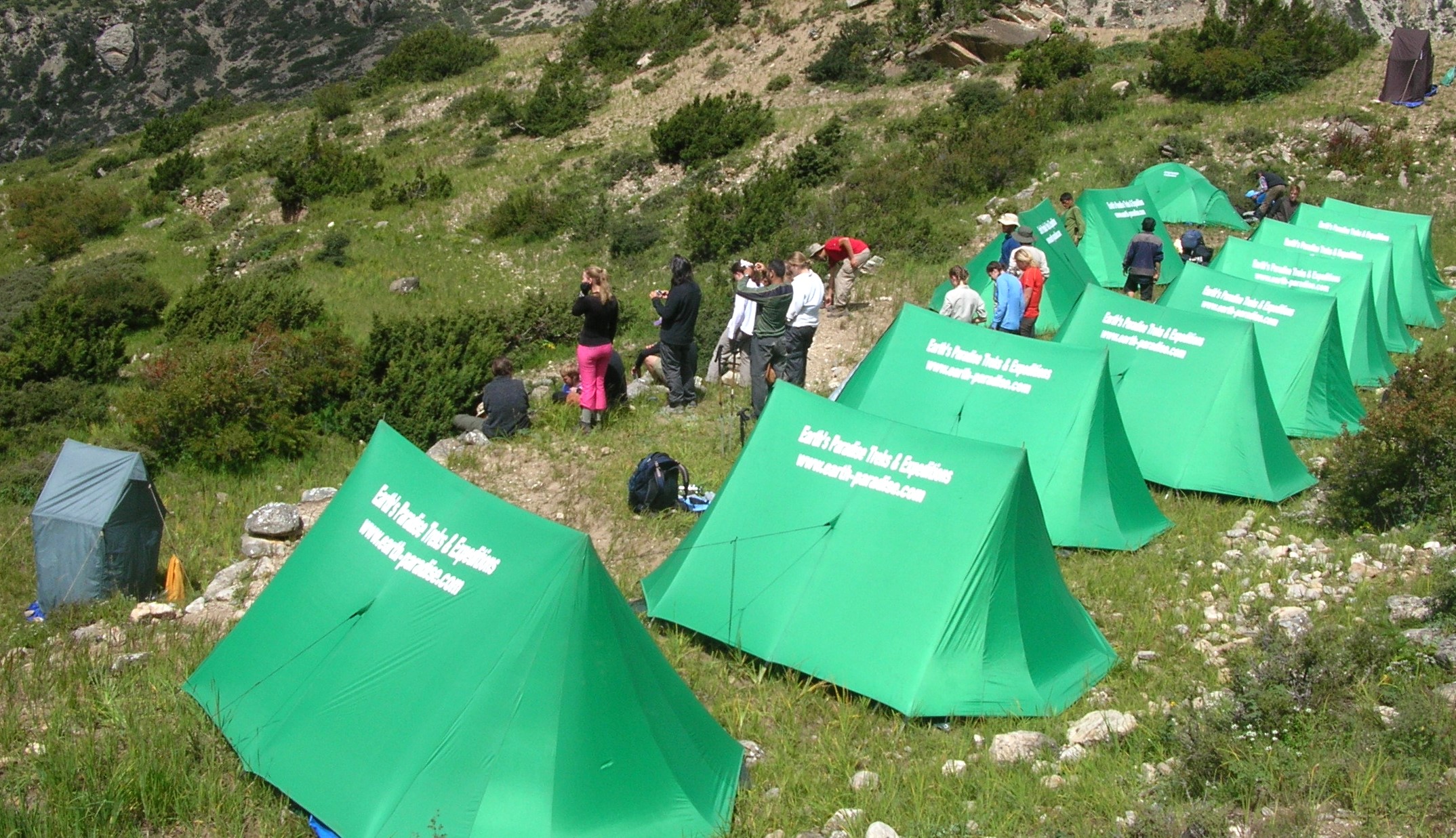
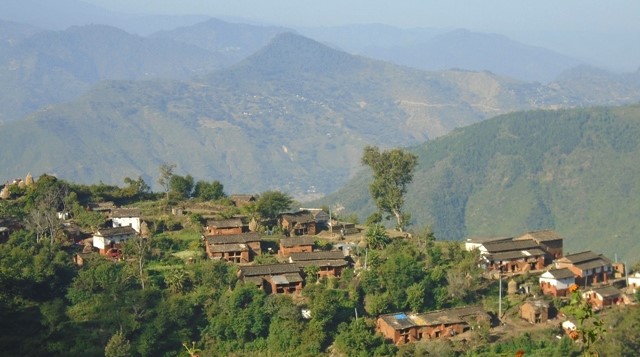
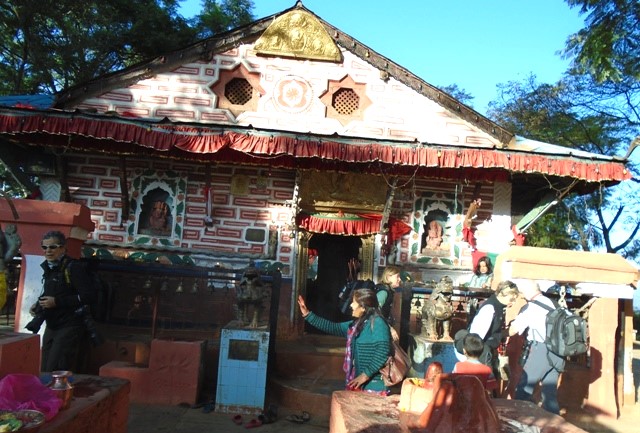
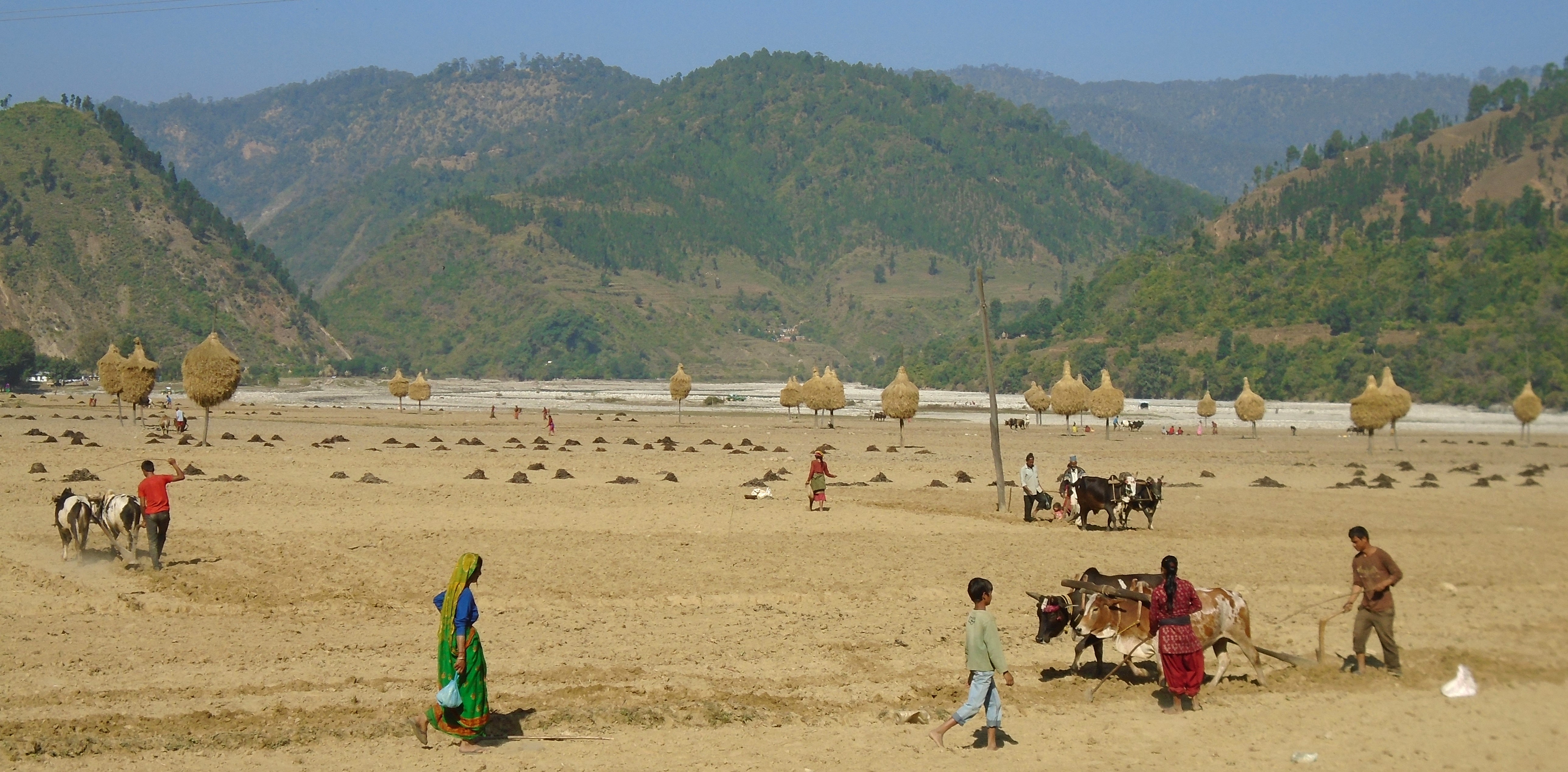
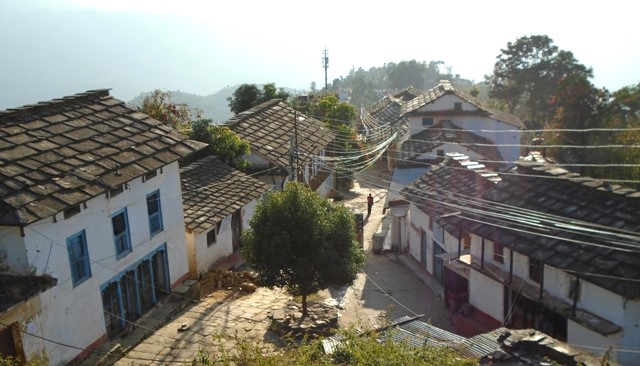
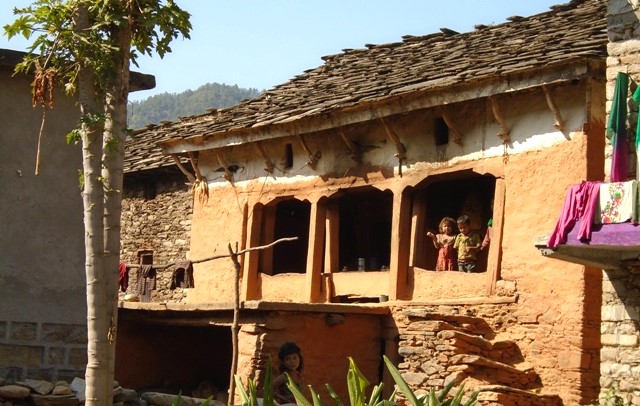
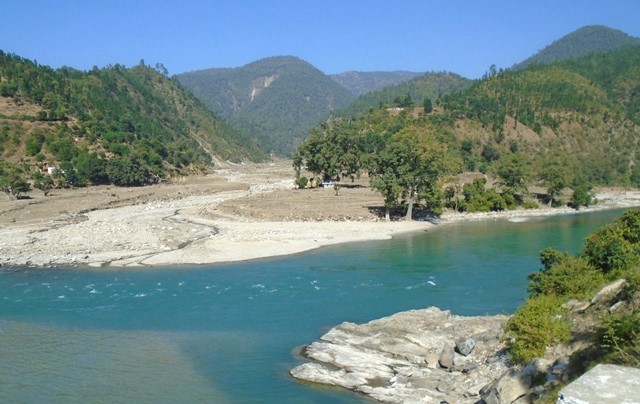
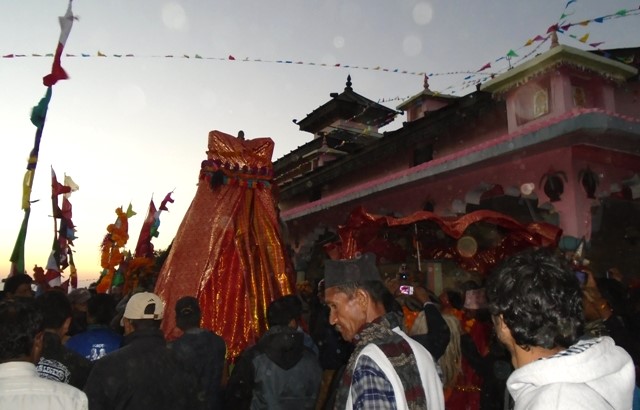
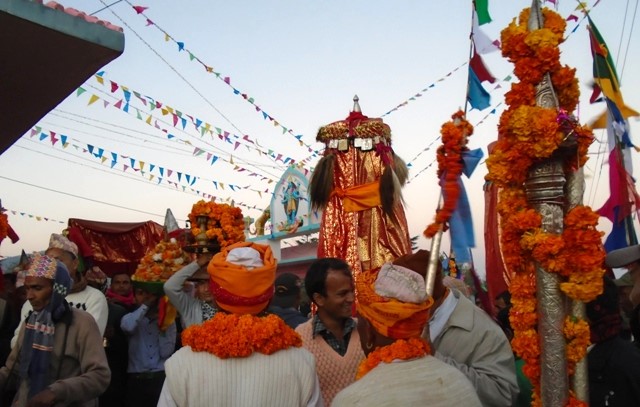
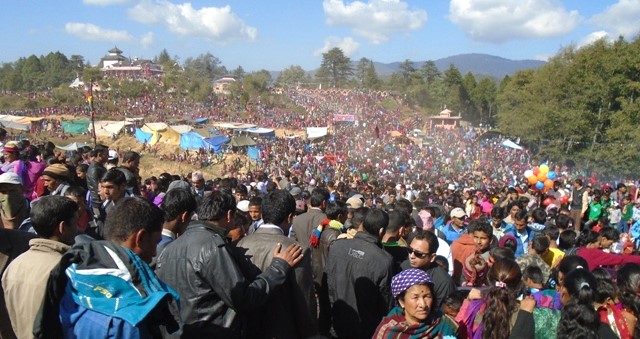
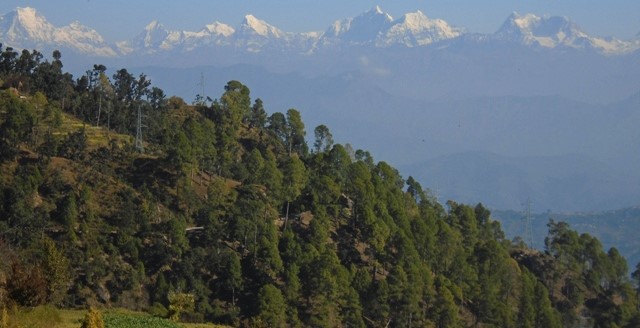
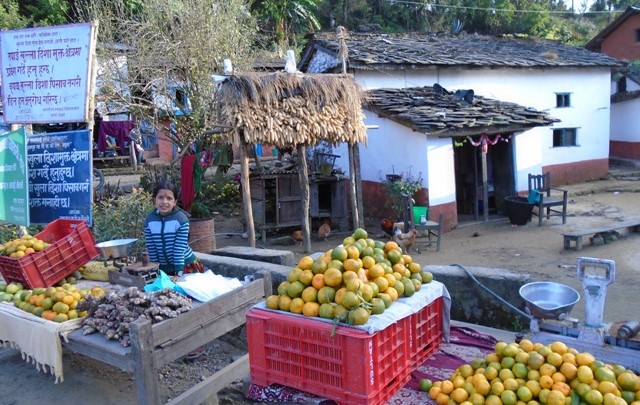
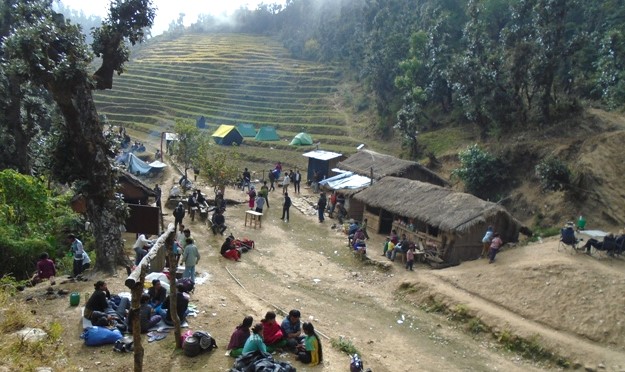
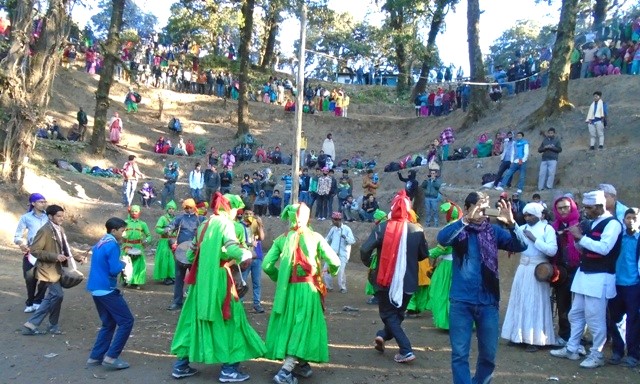
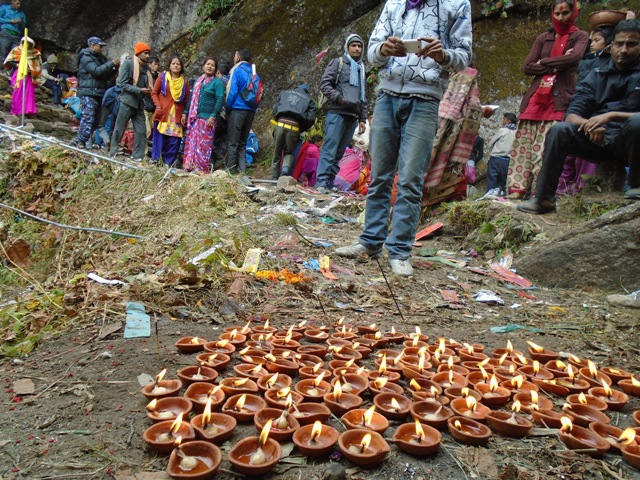
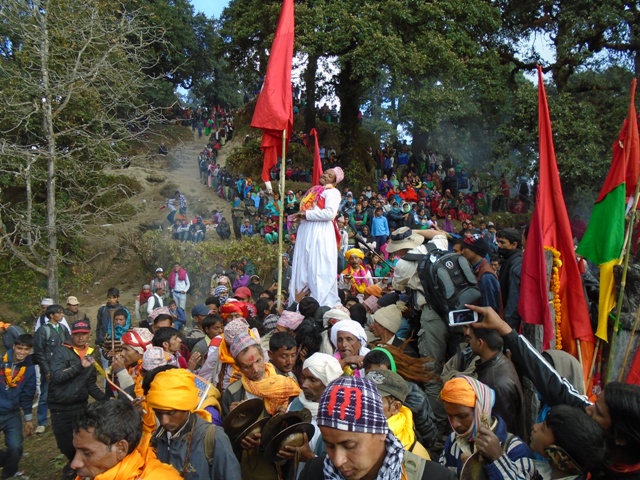
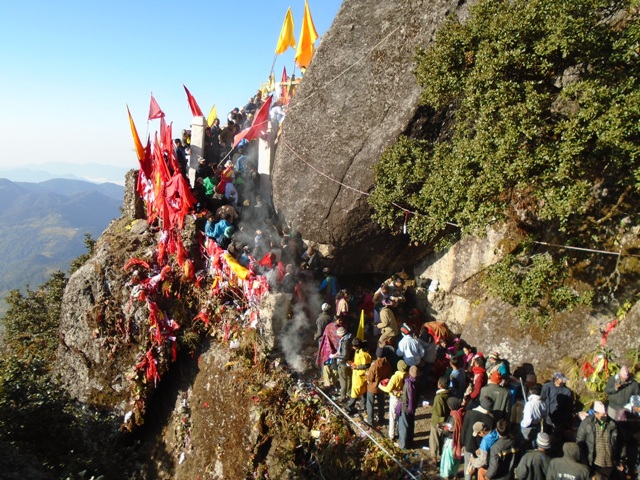
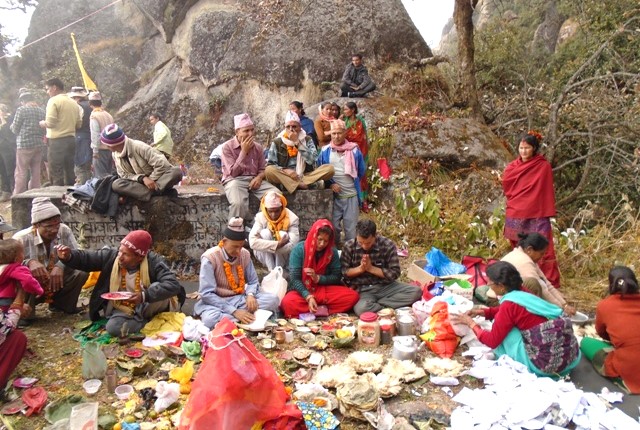
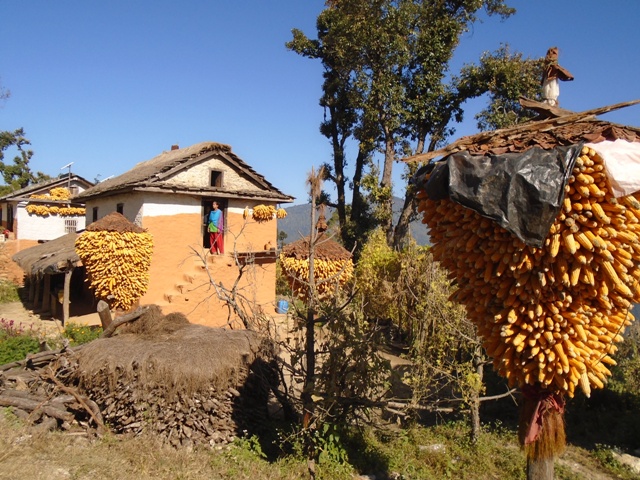
Destination
Activity
Start/End Point
Duration
Grade
Season
Group Size
Hotel/Accomdation
Highest Elevation